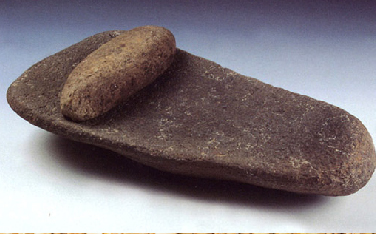The History Of Whole Grains People have been eating whole grains for thousands of years. In Guns, Germs, and Steel, author Jared Diamond identifies eight so-called “founder crops” as being among the earliest to be cultivated by humankind. Included in this group are barley, flax, and einkorn and emmer wheat (the latter being one ancestor of durum wheat, common or bread wheat, and kamut, a lesser-known type of wheat). These founder crops may have been grown as far back as 9000 B.C.E. in the “Fertile Crescent” of Middle East.* Other grains have been cultivated for nearly as many millennia. Rice may have been grown in what is now Thailand as far back as 4000 B.C.E. And corn probably predates that, having been grown perhaps as early as 6000 B.C.E. in Central and South America. Millet, teff, and spelt are further examples of cereal grasses that have been providing nourishment to our species for countless generations. In fact, whole grains have been a dietary staple for the bulk of the world’s populations for millennia. Most grains must be processed to be edible, but very early “processing” must have been minimal indeed. Probably, grains were first eaten raw, but it must have discovered early on that they were easier and more pleasant to consume, and could provide more variety in the diet, when cooked or baked. This required milling to remove indigestible outer hulls and grind the grain, especially where flour was desired. An additional bonus was that grain and flour, if kept dry and out of the reach of pests, could be stored, so either or both would yield a food source for winter or in times of scarcity. Grain also provided an essential component for certain alcoholic beverages, notably ale or beer, valuable sources of carbohydrates and calories for some societies and another means of preserving the grain. It’s worth mentioning that larger-scale civilizations did not begin to flourish until people could grow and store enough food in one area to survive—a change which put an end to the previously nomadic lifestyle and allowed for greater population growth. Whole grains must have been an essential part of this early alteration of human behavior.
Read More
What Are Whole Grains?
